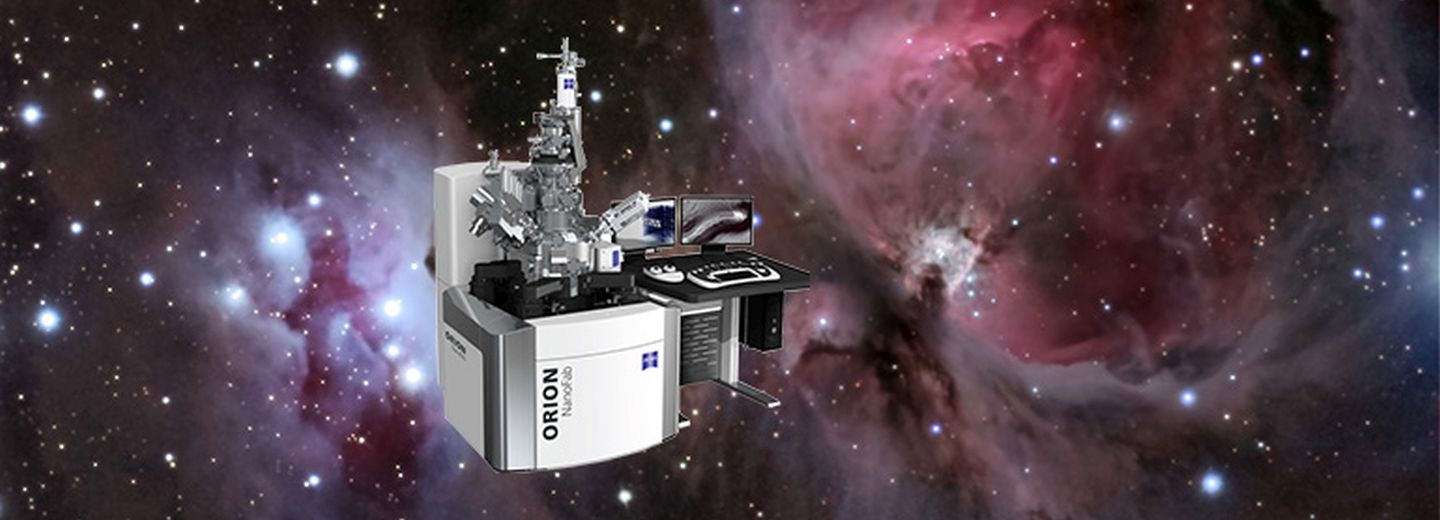
Danish-German Collaboration to Clear the Way for Ultra-Fast and Accurate Cancer Diagnosis
Improved and ultra-fast diagnosis of cancer. This is the primary objective of collaboration between University of Southern Denmark, Universität zu Lübeck, Odense University Hospital and UKSH Universitätsklinikum Schleswig-Holstein.
Improved and quicker diagnosis
- The operation went well but we still need the sample results to ensure that everything is gone.
Thousands of men and women get this message every year but now there is legitimate hope that this will change. NanoSyd at University of Southern Denmark and Institut für Biomedizinische Optik (BMO), Universität zu Lübeck, Odense University Hospital and Universitätsklinikum Schleswig-Holstein have initiated a research project, CellTom (abbreviation for Molecular Cell Tomography for improved cancer surgery), aiming to develop a new, ultra-fast and accurate method of diagnosis.
Already during surgery, the new method should make it possible to verify if a cancer tumour has been completely removed. For this purpose, the CellTom project combines advanced microscopy techniques on both sides of the Danish-German border.
The Danish ion-microscope, ORION, located at University of Southern Denmark in Sønderborg, is able to both measure and work on sizes down to nanometres or a millionth part of a millimetre, meaning that ORION is not only able to focus on tiny cells, but also on the proteins inside. The exceptional accuracy of ORION will help facilitate much more reliable cancer diagnoses.
Ultra-Fast laser in the operating room
While the Mads Clausen Institute at University of Southern Denmark have an ion-microscope excelling in accuracy, BMO at Universität zu Lübeck are in possession of an ultra-fast laser system specialised in tomography.
In collaboration with ORION, the objective is to develop equipment for application in the operating room to escape further examinations since accurate and ultra-fast on site diagnosing will be possible.
- ORION can examine tissue interface to see if new vessels are developed in tumour tissue. The German laser system is ultra-fast and over time it might become a tool in the operating room. All together it might result in faster and better diagnosis, says Niels Marcussen from Odense University Hospital.
Niels Marcussen is one of many researchers involved in the CellTom project and he sees multiple, beneficial perspectives of the three-year collaboration. Sygehus Sønderjylland (SSJ), Patologiafdelingen Region Sjælland (PRS) are both network partners of the project.
Exactly the commitment of the hospital services on either side of the Danish/German border is essential for Horst-Günter Rubahn, Head of the Mads Clausen Institute in Sønderborg. To him it is important that results achieved in academia are disseminated to society.
- We plan to establish a CellTom virtual service centre that should work as a contact point for institutions, surgeons and enterprises seeing a potential in benefitting from applying the new microscopy methods. In this way, the health services can both follow research and provide valuable feedback along the way, says Professor Rubahn.
In overall terms, the project will boost knowledge within the programme area as a result of persistent innovation that can create new jobs – not only in the health services. The project is performed as a crossborder collaboration allowing partners to combine their complementary techniques and knowhow. The CellTom project is of three years.